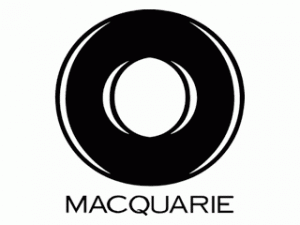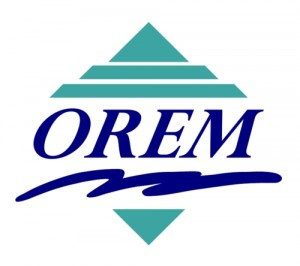Macquarie’s Milestone 2 proposal has been finally released to the public. Here’s a quick run-down of the most important details.
- The final cost per address is estimated at $22.60 per month. Macquarie estimates that re-working the deal to account for five cities bowing out trimmed the cost by $8.57 per month.
- The revenue split is much more generous than I expected, allowing the cities to keep 75% of wholesale revenue after the first $2M per year. It’s expected to completely cover the debt service by 2021 with just a 24% take rate for premium services.
- The basic level service has also been improved. Instead of 3M/3M service being included at no extra cost, it’s been bumped to 5M/5M. This matches Google Fiber speeds on the free tier. The data cap stays put at 20GB per month.
- Macquarie will still be in charge of operating the network for opt-out cities.
- A public vote will determine if the project moves forward in the opt-in cities.
- Cities are free to determine what, if any, opt-out provisions will be available.
- Users won’t be charged a utility fee until they connect to the network or six months after the network connection is available, whichever comes first.
- UIA and SAA users will not pay any utility fee. If you’re already paying for (or have paid) your network connection, there’s no utility fee for you.
- The UTOPIA NOC would be closed and all NOC operations moved to a Fujitsu facility in Texas. Keeping a primary or secondary NOC in Utah would raise the utility fee by between $1.50 and $1.79.
- Almost all of the network revenues are being driven by Veracity, XMission, and SumoFiber. Other ISPs are very small by comparison.
- The majority of currently connected users are in opt-out cities. This only reinforced that the votes there were “we got ours” selfishness.
Overall, this still looks like a great deal for the cities who are moving forward. It could still be a great deal for cities that haven’t figured out what to do about the network yet (looking at you, Orem).
If you want to read the full report, I’ve attached a PDF copy.










